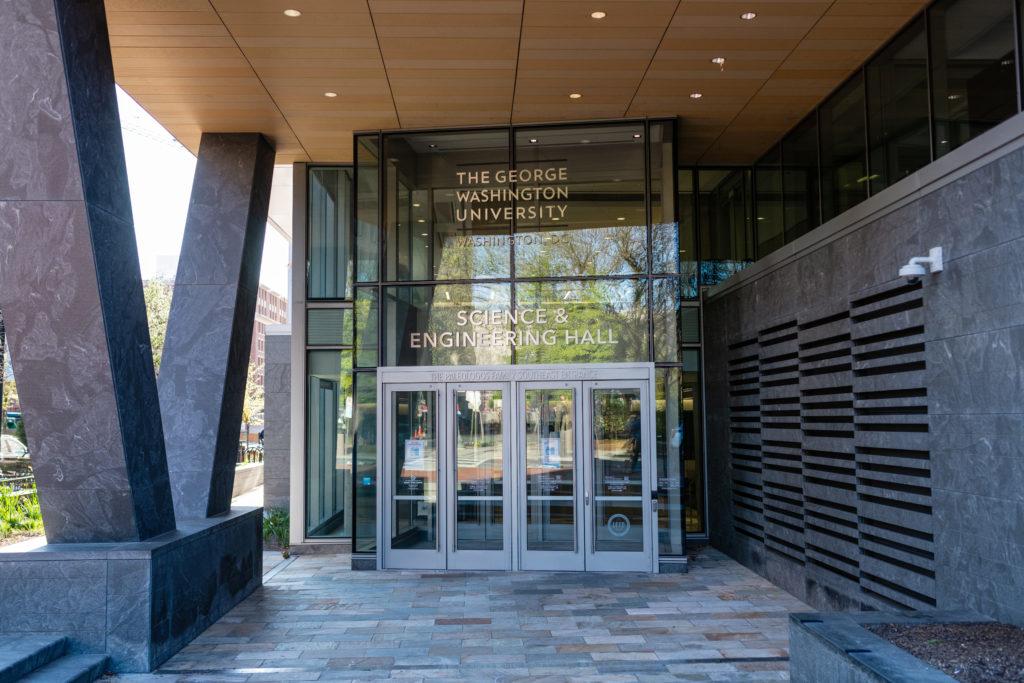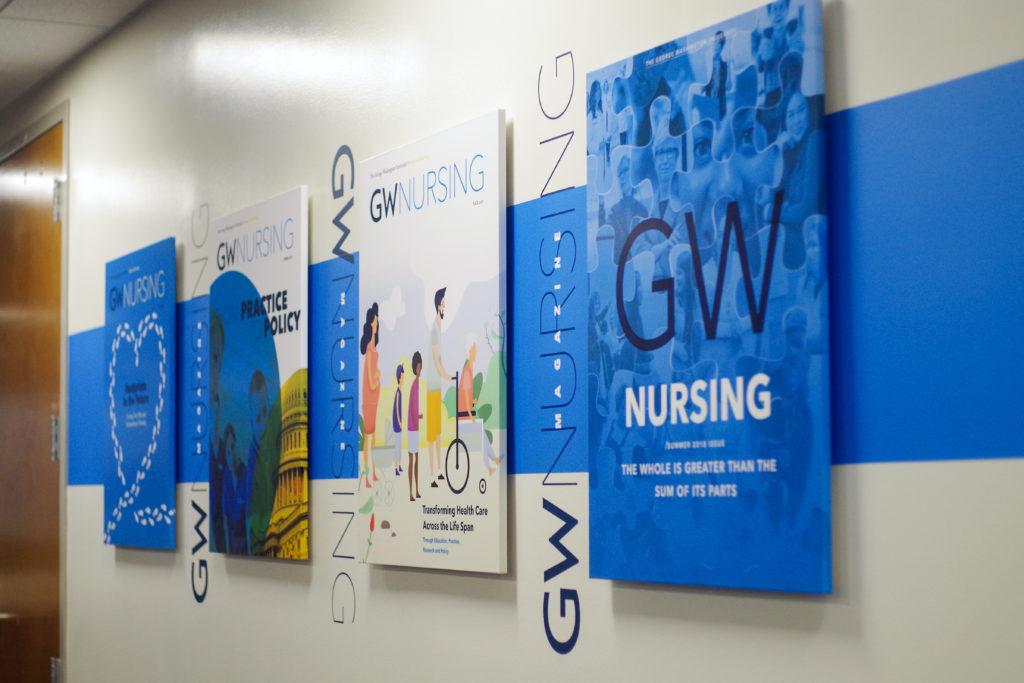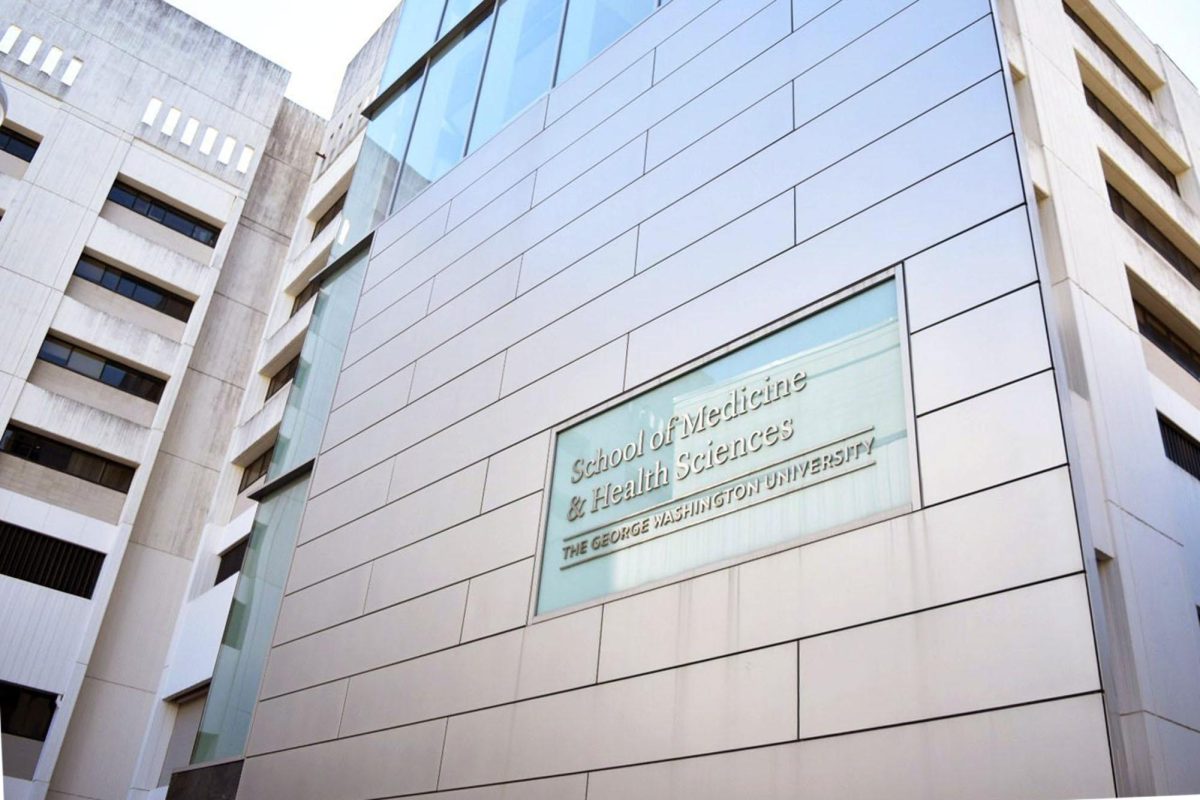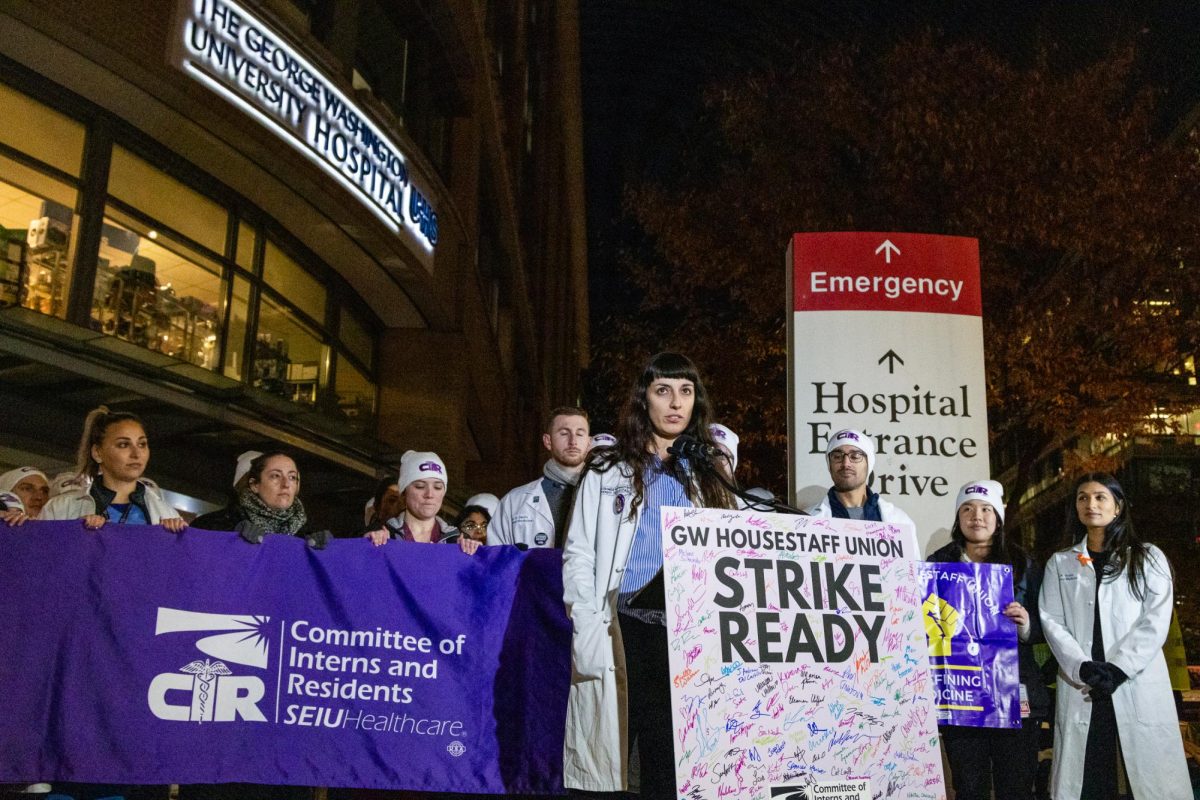Two researchers received a one-year grant late last month from the National Science Foundation to develop air filters that capture and help control the spread of COVID-19.
Danmeng Shuai, an associate professor of civil and environmental engineering, and Yun Shen, an assistant research professor of occupational and environmental health, will use the $200,000 grant to create a filter with a small pore size to efficiently capture COVID-19. If successful, the filter can be applied to anything between large-scale HVAC systems and personal protective equipment like respirators, Shuai said.
“Those filters, they’re pretty good in capturing dust from houses,” Shuai said. “However, the filter pore size is too large and so they cannot efficiently capture the virus and other pathogens. If the lab study works, we will definitely translate and advocate for using either small scale or larger scale applications.”
Shuai said researchers need to apply high electric voltage to pass polymers – molecules that form bonds – through a needle to create a membrane for the filter that can capture small COVID-19 particles. He said the high voltage generates an electric field that charges the particles of polymers and generates a repulsive force, causing the fibers in the membrane to shrink and create small pores within the filter.
“We can tailor the fibers as small as 100 nanometers or even smaller,” Shuai said. “The virus is within the range of 100 nm so this way we can capture the virus more efficiently. We can synthesize nanofibers in the range of several tens of nanometers all the way to maybe ten micrometers.”
Shuai said the NSF grant focuses primarily on this scientific aspect of the research phase over the practical application. He said his team will determine which polymers and experimental conditions will create nanofibrous membranes, or filters, optimal for SARS-CoV-2 control.
“We already had some preliminary data, and we have the electrospinning apparatus,” Shuai said. “Over the past year, we have synthesized a broad range of electrospun nanofibrous membranes. They do have different chemical and physical properties, but we have not tested their performance for SARS-CoV-2 removal.”
Shuai said he and Shen already have a collaborator – Daniel Chertow, an investigator in the critical care medicine department at the National Institutes of Health Clinical Center – with whom they hope to carry out clinical test runs of their membrane.
Chertow is also an investigator in the Laboratory of Immunoregulation at the National Institute of Allergy and Infectious Diseases.
“What we are going to do is to fabricate the membrane and put them on a filter and take them to patient rooms that host COVID-19 patients because in the patient room, there will be large amounts of SARS-CoV-2 virus,” Shuai said. “Then we are going to test whether our membrane will have better performance for capturing these viruses.”
He said he believes there is a possibility of collaborating with other GW researchers who have created 3-D printed respirators.
“I hope that our membrane can serve as efficient media in combination with the 3-D printed facial mask to serve as a fully functional, completed unit for capturing the SARS-CoV-2 virus,” he said.
Shen said her role in the grant focuses more on determining the prevalence of SARS-CoV-2 in the clinical setting, a crucial location for pathogen transmission.
“The primary component of developing this air filter membrane is to protect humans from COVID-19 translation,” Shen said. “But, to test that, we are going to use that in an air sampler and compare its virus collection efficiency with the commercially used air filters.”








